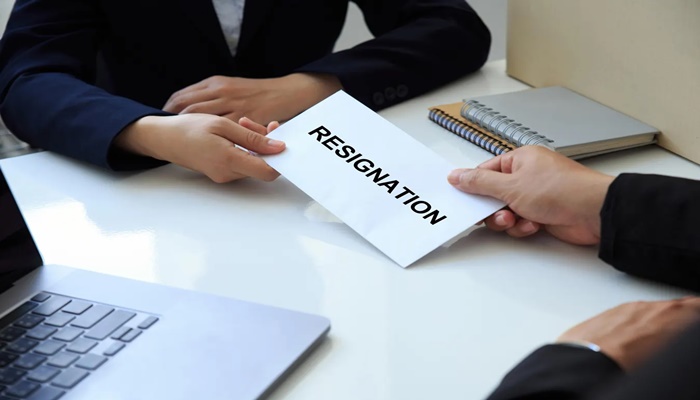Oliver Shaw explores some of the drawbacks of forcing staff back to the office and ponders whether the move has a hidden motive
Return to office (RTO) mandates are increasingly in the headlines as businesses grapple with the future of work. Recent announcements from Amazon, Dell and JPMorgan sent shockwaves across the corporate world, and Donald Trump calling federal workers back into the office has only added fuel to the debate.
These policies are based on the assumption that they’ll improve productivity, culture and team collaboration, but they risk having the opposite effect: disengaged employees, higher attrition, lower productivity and higher costs. Why? Because they can alienate employees, they don’t address the modern work environment and individual role differences, and they put talent retention at risk in the face of an increasing skills gap. In my opinion, RTO mandates are a sign of poor leadership and of leaders wanting control.
A red herring?
While those who want a return to the office argue for the benefits, the evidence doesn’t support them. For example, many employees will commute to the office only to spend the day working independently at their desks. The answer to productivity and performance doesn’t lie in people being in the office. Making office attendance mandatory ignores the real sources of productivity: trust, engagement and autonomy.
But if business leaders decide they still want a full time return to office, they should at least be transparent about why they’re doing it. Some companies may use a mandate as a route to voluntary redundancies. If that’s the case, they should be clear about it. Others may want to change their real estate investments by closing certain offices. So, they should be clear about that too.
When Orgvue considered a change in remote working, we wanted collaboration and productivity to be the reason. But before we could do that, we needed to redesign the office space, so it was fit for purpose. Now we have collaboration pods, meeting rooms, quiet desks and a studio, so employees have the use of spaces designed to optimise their contributions.
The talent exodus
While productivity and collaboration are often given as reasons for return-to-office policies, instead the motivation could be elective workforce reduction. Fortune 500 companies spent $42bn in severance in 2024 and, as AI takes hold in business, those organisations may need to replace or remove some roles. In this case, RTO can be used as a push factor for people to leave voluntarily. However, in the long term this risks driving away high-performing individuals.
Flexibility has become a non-negotiable for many employees and contributes significantly to job satisfaction. During the pandemic, employees showed they can be just as productive, if not more so, working from home as they are in the office. Many people have restructured their lives around a hybrid working model. Companies that force people back into the office without considering individual working preferences or the location dependence of different roles will lose out in the battle for top talent.
How to not fumble RTOs
So, rather than defaulting to blanket mandates, organisations should look to adopt a more tailored approach. Not all roles are created equal and some positions require more frequent in-office collaboration or access to specific resources, while others can be performed just as effectively from home most of the time.
Lord Rose’s comments on scrapping working from home make some sense in a retail environment where direct interaction with customers is part of the job. But sales roles are mainly performed in the field or remotely. In fact, I prefer my sales team to avoid the office and encourage them to spend most of their time with customers and prospects.
The most important thing here is to look at your workforce data and understand job requirements better, balancing operational needs with employee preferences. This means getting better insights into where and how work is done and tailoring your RTO strategy to meet the unique demands of each role.
Outcomes, not hours
The most forward-thinking leaders understand that the workplace is no longer defined by physical presence but by outcomes. Most people are no longer working in industrial settings, so nine to five in one location is unnecessary and ineffective. Progressive leaders invest in building a culture of trust, where employees feel empowered to do their best work, wherever they might be.
Today, leadership is about adaptability and a commitment to using data to inform decision making. Rigid mandates won’t bring success in uncertain, changeable working environments, but thoughtful, flexible leadership will. Companies that insist on blanket RTOs will learn the hard way by alienating their employees and eroding trust. Even worse, they risk being outpaced by competitors who are more willing to embrace the new future of work.
Oliver Shaw is CEO of Orgvue






















